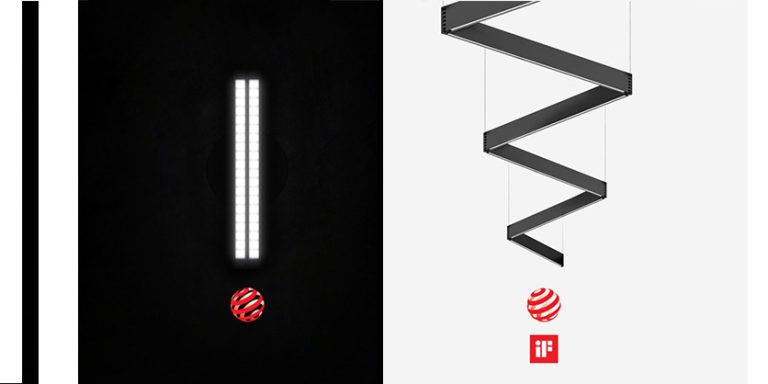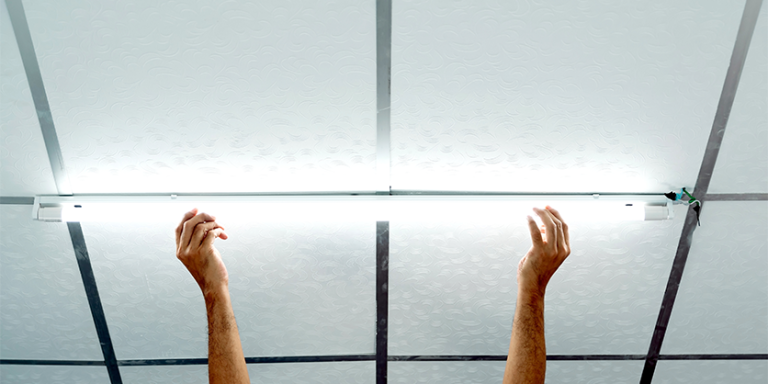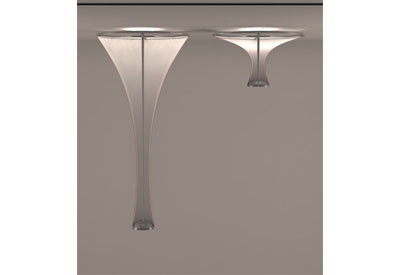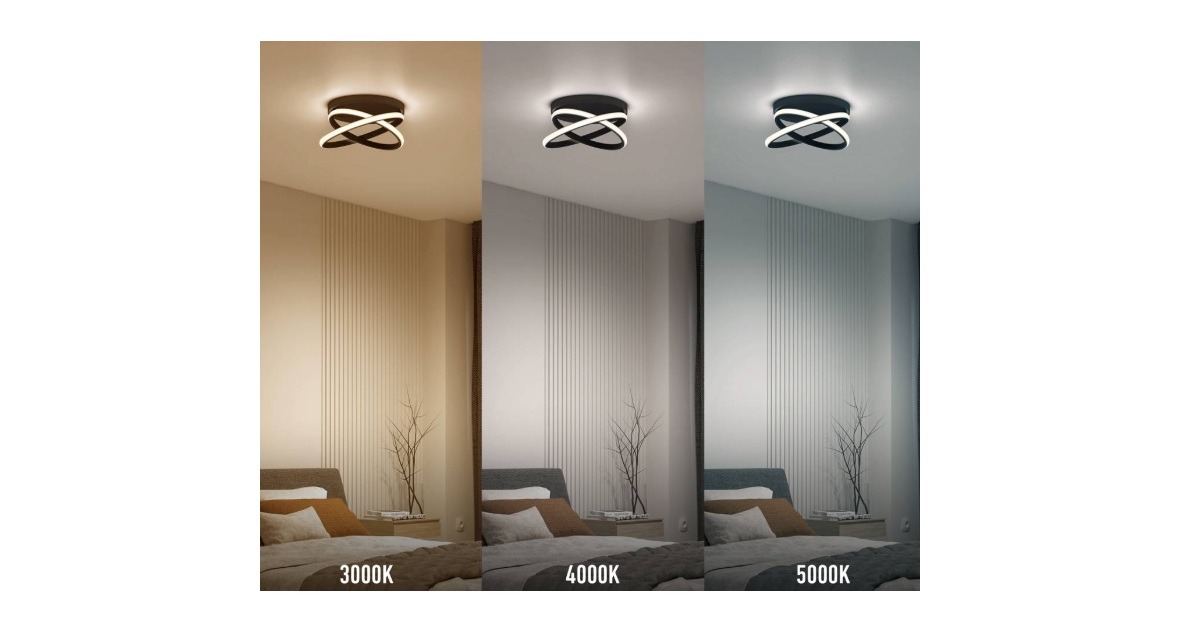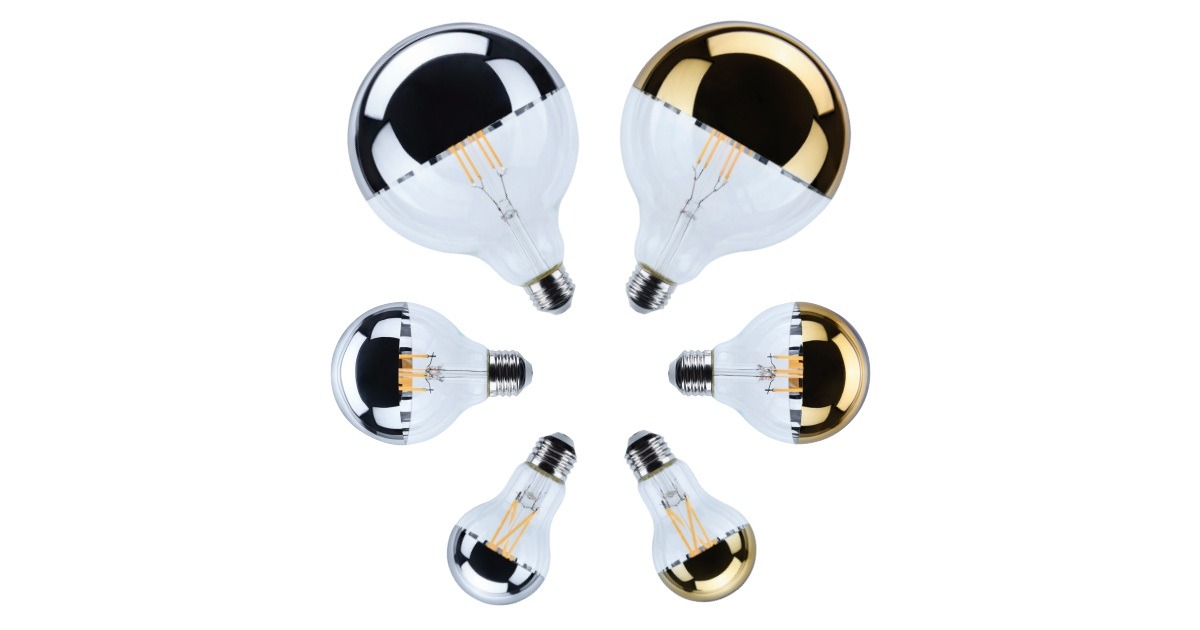Canada Moves Forward with a National Strategy for Recycling Mercury-Containing Lamps

August 3, 2017
On June 26, 2017 Bill C-238 – The National Strategy for Safe and Environmentally Sound Disposal of Lamps Containing Mercury Act – received Royal Assent from the Governor General. It is now law and calls upon the Minister of Environment and Climate Change to work with provinces, territories, all interested and appropriate governments, persons, and organizations to develop a robust national strategy for recycling mercury-containing lamps.
Currently there are about 85 million mercury-containing lamps sold in Canada each year, which represents 300 kg of mercury, 20 million kg of glass, 287 kg of phosphor powder, and 295,000 kg of metals.
The bill is a major step for forward for Canada, addressing an issue that has been receiving a fair degree of attention in a world that is striving to be greener.
Darren Fisher, the MP of Dartmouth-Cole Harbour in Nova Scotia, proposed the private member’s bill after recognizing the dangers and lack of regulation surrounding mercury containing lamps.
“When I was a municipal councillor for the Halifax Regional Municipality, I toured Dan-X Recycling in the Burnside Industrial Park. I learned there that there were no regulations or guidelines for end-of-life mercury bearing bulbs. Dan-X, and other facilities across Canada can recycle the bulbs safely,” Fisher stated.
Mr. Fisher also pointed out that the ability to properly recycle mercury containing bulbs exists, and local distribution companies identified them across the country in a recent article , but companies are not obligated to use these facilities.
“There’s a piecemeal approach to recycling these bulbs. Some provinces and municipalities are doing good work and are trying to tackle this issue. But it will take a national strategy to ensure that all jurisdictions are properly handling the issue of mercury contamination from these lamps and bulbs,” continued Fisher.
Support for the bill has been widespread with numerous Members of Parliament, senators, stakeholders, and companies giving their support. During the development of the bill, Recycling Council of Ontario (RCO) was asked to lend insight into the project as they have been successfully running its Take Back the Light recycling program.
Since its inception in 2008, Take Back the Light has seen 19,763,068 lamps recycled, diverting 69.5 kg of mercury, 66,720 kg of phosphor, 68,498 kg of metal and 4,664,269 kg of glass from disposal. And the number of recycled lamps is growing each year: in 2015 3,236,445 lamps were recycled; while in 2016 that number jumped to 5,385,727.
Because of their success RCO was invited to address the Senate Committee on Energy, Environment, and Natural Resources. RCO stressed the importance of proper management for a recycling strategy and how a national standard will benefit the environment and human health.
“Local governments that collect material for recycling and disposal are often left to their own devices to deal with mercury. The result is a patchwork of regulations, programs, standards, and monitoring strategies. This Act is important and relevant legislation that will lead to greater capture of mercury,” said Jo-Anne St. Godard, Executive Director, RCO.
Having now received Royal Assent the bill moves to the next stage in development. Namely, the establishment of national standards for the safe disposal of such lamps; the establishment of guidelines regarding facilities for safe disposal; and the creation of a plan to promote public awareness of the importance of lamps being disposed of safely.
“Far too many mercury-containing lamps are lost to disposal at end-of-life despite Canada possessing state-of-the-art recycling facilities that can service the bulk of the population. Bill C-238 will nationalize efforts to capture mercury, facilitate a harmonized approach to protect human and environmental health, and maximize value through recycling,” continued St. Godard. “In all, this is a positive first step that will apply best practice and raise awareness on managing material when it is no longer of use, and ensure every component part of a mercury-containing bulb is recovered and recycled.“
The bill stipulates that the environment minister has two years to table the national strategy now that it has received Royal Assent. The federal Minister of Environment and Climate Change must also provide reports every five years after tabling the strategy that will outline to parliament the effectiveness of the strategy.
Bill C-238 has been a long time coming, and will take time to be fully developed and implemented but it has pushed Canada in a direction that demonstrates our commitment and leadership to environmental and human health protection in a strategic manner that will benefit generations of Canadians to come.
By: Owen Hurst

